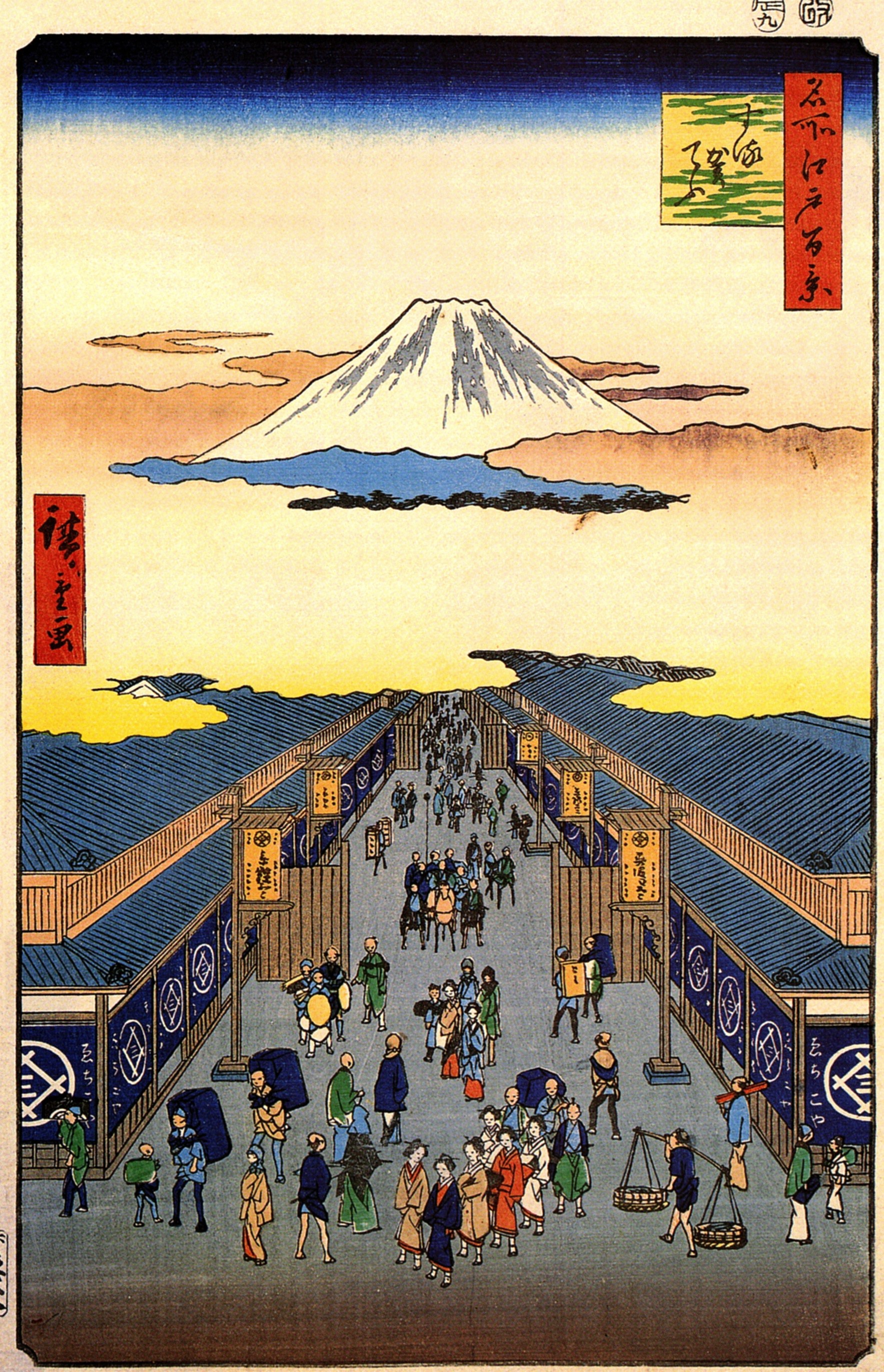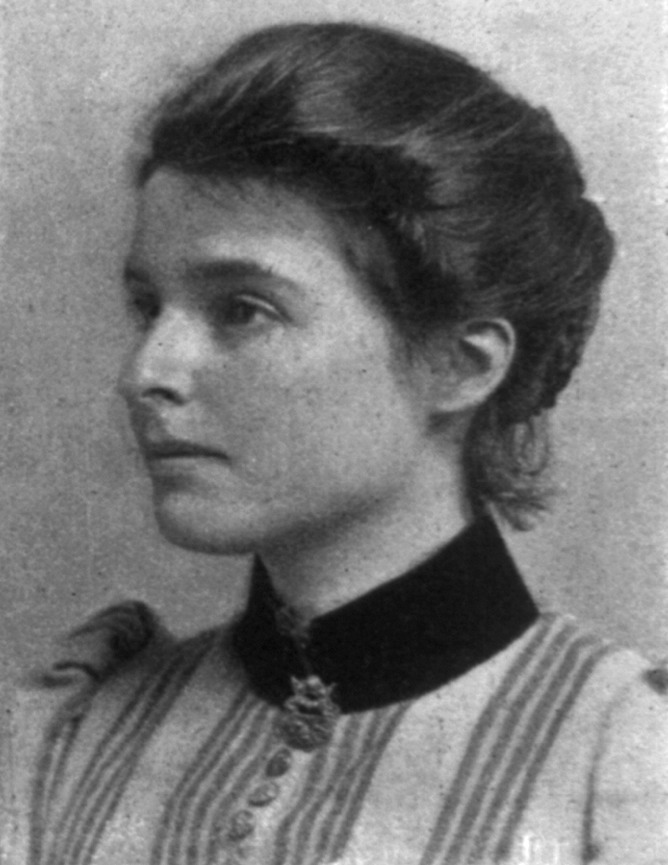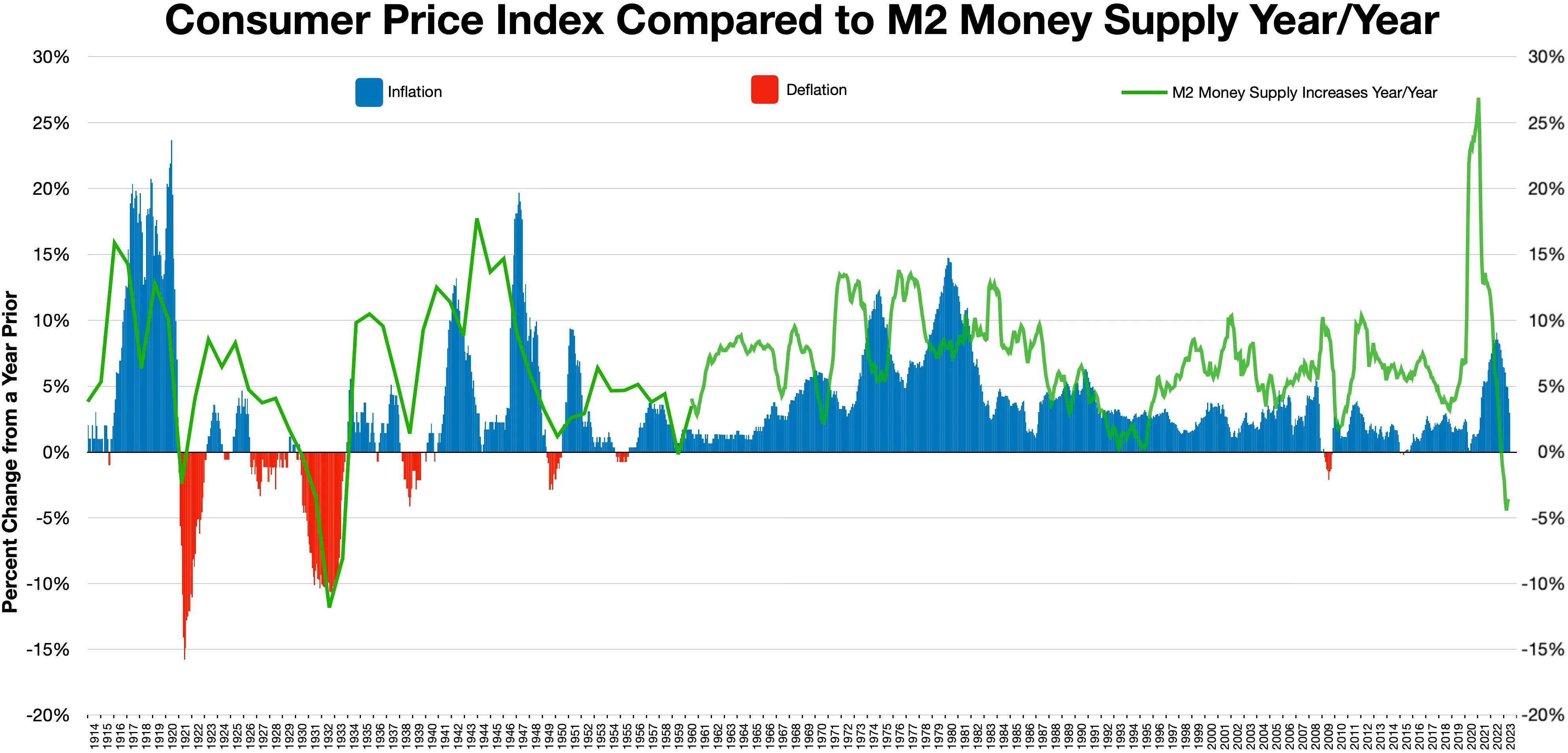|
Shuntō
is a Japanese term, usually translated as "spring wage offensive." It refers to the annual wage negotiations between enterprise unions and the employers in Japan. Beginning in February or March each spring, thousands of unions conduct wage negotiations with employers simultaneously. ''Shuntō'' was first carried out in 1954, at the suggestion of Kaoru Ōta, the newly-installed vice chairman of the General Council of Trade Unions of Japan (Sōhyō). ''Shuntō'' was a response to the structural weakness of the Japanese labor movement; rather than organizing by industry, Japanese labor unions were "enterprise unions" organized on a company-by-company basis. This made any particular union reluctant to strike for higher wages and better working conditions, for fear that rival companies would simply snap up market share during the stoppage. Ōta's innovation was to schedule a specific date in the spring when all Sōhyō unions everywhere would agree to go on strike all at once. Since ... [...More Info...] [...Related Items...] OR: [Wikipedia] [Google] [Baidu] |
Kaoru Ōta
Kaoru Ōta ( ja, 太田 薫; 1 January 1912 – 14 September 1998) was a Japanese trade union leader. He served as chairman of the General Council of Trade Unions of Japan (Sōhyō) from 1958 to 1966. Known for his cheerful demeanor and energetic activism, Ōta's many forceful statements in defense of the Japanese workers were affectionately known as the "Ōta Trumpet" (''Ōta rappa''). Early life Born in Hayashida village, Okayama prefecture (present-day Tsuyama city), Ōta graduated from the Department of Applied Chemistry of Osaka Imperial University. In 1938 he joined the Ube Nitrogen Company, where he rose to become chief of the Sulfuric Acid Section by the end of World War II. Early labor activism In 1946, Ōta was elected president of the company labor union. In 1950, Ōta helped establish the Japanese Federation of Synthetic Chemistry Workers' Unions (Gōka Rōren) as an affiliate of Sōhyō, and would remain chairman of its central committee until 1979. In 1953, ... [...More Info...] [...Related Items...] OR: [Wikipedia] [Google] [Baidu] |
Economy Of Japan
The economy of Japan is a highly developed social market economy, often referred to as an East Asian model. It is the third-largest in the world by nominal GDP and the fourth-largest by purchasing power parity (PPP). It is the world's second-largest developed economy. Japan is a member of both the G7 and G20. According to the World Bank, the country's per capita GDP (PPP) was at $40,193 (2020). Due to a volatile currency exchange rate, Japan's GDP as measured in dollars fluctuates sharply. Accounting for these fluctuations through the use of the Atlas method, Japan is estimated to have a GDP per capita around $39,048. The Japanese economy is forecast by the Quarterly Tankan survey of business sentiment conducted by the Bank of Japan. The Nikkei 225 presents the monthly report of top blue chip equities on the Japan Exchange Group, which is the world's fifth-largest stock exchange by market capitalisation. In 2018, Japan was the world's fourth-largest importer and the ... [...More Info...] [...Related Items...] OR: [Wikipedia] [Google] [Baidu] |
:Category:Japanese Words And Phrases ...
{{Commons Words and phrases by language Words Words Words A word is a basic element of language that carries an objective or practical meaning, can be used on its own, and is uninterruptible. Despite the fact that language speakers often have an intuitive grasp of what a word is, there is no conse ... [...More Info...] [...Related Items...] OR: [Wikipedia] [Google] [Baidu] |
Japanese Language
is spoken natively by about 128 million people, primarily by Japanese people and primarily in Japan, the only country where it is the national language. Japanese belongs to the Japonic or Japanese- Ryukyuan language family. There have been many attempts to group the Japonic languages with other families such as the Ainu, Austroasiatic, Koreanic, and the now-discredited Altaic, but none of these proposals has gained widespread acceptance. Little is known of the language's prehistory, or when it first appeared in Japan. Chinese documents from the 3rd century AD recorded a few Japanese words, but substantial Old Japanese texts did not appear until the 8th century. From the Heian period (794–1185), there was a massive influx of Sino-Japanese vocabulary into the language, affecting the phonology of Early Middle Japanese. Late Middle Japanese (1185–1600) saw extensive grammatical changes and the first appearance of European loanwords. The basis of the standard dial ... [...More Info...] [...Related Items...] OR: [Wikipedia] [Google] [Baidu] |
Collective Bargaining
Collective bargaining is a process of negotiation between employers and a group of employees aimed at agreements to regulate working salaries, working conditions, benefits, and other aspects of workers' compensation and rights for workers. The interests of the employees are commonly presented by representatives of a trade union to which the employees belong. The collective agreements reached by these negotiations usually set out wage scales, working hours, training, health and safety, overtime, grievance mechanisms, and rights to participate in workplace or company affairs. The union may negotiate with a single employer (who is typically representing a company's shareholders) or may negotiate with a group of businesses, depending on the country, to reach an industry-wide agreement. A collective agreement functions as a labour contract between an employer and one or more unions. Collective bargaining consists of the process of negotiation between representatives of a union and ... [...More Info...] [...Related Items...] OR: [Wikipedia] [Google] [Baidu] |
Labor Unions In Japan
Labour unions emerged in Japan in the second half of the Meiji period, after 1890, as the country underwent a period of rapid industrialization.Nimura, K''The Formation of Japanese Labor Movement: 1868-1914''(Translated by Terry Boardman). Retrieved 11 June 2011 Until 1945, however, the labour movement remained weak, impeded by a lack of legal rights,Cross CurrentsLabor unions in Japan.CULCON. Retrieved 11 June 2011 anti-union legislation, management-organized factory councils, and political divisions between “cooperative” and radical unionists.Weathers, C. (2009). Business and Labor. In William M. Tsutsui, ed., ''A Companion to Japanese History'' (2009) pp. 493-510. In the immediate aftermath of the Second World War, the U.S. Occupation authorities initially encouraged the formation of independent unions, but reversed course as part of broader anti-Communist measures. The legislation was passed that enshrined the right to organize, and membership rapidly rose to 5 million by ... [...More Info...] [...Related Items...] OR: [Wikipedia] [Google] [Baidu] |
The Japan Times
''The Japan Times'' is Japan's largest and oldest English-language daily newspaper. It is published by , a subsidiary of News2u Holdings, Inc.. It is headquartered in the in Kioicho, Chiyoda, Tokyo. History ''The Japan Times'' was launched by Motosada Zumoto on 22 March 1897, with the goal of giving Japanese people an opportunity to read and discuss news and current events in English to help Japan to participate in the international community. The newspaper was independent of government control, but from 1931 onward, the paper's editors experienced mounting pressure from the Japanese government to submit to its policies. In 1933, the Japanese Ministry of Foreign Affairs appointed Hitoshi Ashida, former ministry official, as chief editor. During World War II, the newspaper served as an outlet for Imperial Japanese government communication and editorial opinion. It was successively renamed ''The Japan Times and Mail'' (1918–1940) following its merger with ''The Japan M ... [...More Info...] [...Related Items...] OR: [Wikipedia] [Google] [Baidu] |
RENGO
The , commonly known as , is the largest national trade union center in Japan, with over six million members as of 2011.Rengo websitRengo brochure 2010-2011 Retrieved on July 6, 2012 It was founded in 1989 as a result of the merger of the Japan Confederation of Labor (''Domei''), the Federation of Independent Unions (''Churitsuroren'') and the National Federation Of Industrial Organisations (''Shinsambetsu''). In 1990, the General Council of Trade Unions of Japan (''Sohyo'') also joined RENGO. As of July 2012, RENGO has 54 affiliate unions and 47 local organizations.Rengo websit Role and FunctionRetrieved on July 6, 2012 Party affiliation RENGO was historically affiliated with the Democratic Party of Japan, but on June 28, 2012, president Nobuaki Koga made a speech at the Liberal Democratic Party headquarters stating that the confederation may reconsider its future. In 2014, it endorsed LDP-supported candidate Yoichi Masuzoe for the Tokyo gubernatorial election. Affiliate ... [...More Info...] [...Related Items...] OR: [Wikipedia] [Google] [Baidu] |
General Council Of Trade Unions Of Japan
A general officer is an officer of high rank in the armies, and in some nations' air forces, space forces, and marines or naval infantry. In some usages the term "general officer" refers to a rank above colonel."general, adj. and n.". OED Online. March 2021. Oxford University Press. https://www.oed.com/view/Entry/77489?rskey=dCKrg4&result=1 (accessed May 11, 2021) The term ''general'' is used in two ways: as the generic title for all grades of general officer and as a specific rank. It originates in the 16th century, as a shortening of ''captain general'', which rank was taken from Middle French ''capitaine général''. The adjective ''general'' had been affixed to officer designations since the late medieval period to indicate relative superiority or an extended jurisdiction. Today, the title of ''general'' is known in some countries as a four-star rank. However, different countries use different systems of stars or other insignia for senior ranks. It has a NATO rank sc ... [...More Info...] [...Related Items...] OR: [Wikipedia] [Google] [Baidu] |
Recession
In economics, a recession is a business cycle contraction when there is a general decline in economic activity. Recessions generally occur when there is a widespread drop in spending (an adverse demand shock). This may be triggered by various events, such as a financial crisis, an external trade shock, an adverse supply shock, the bursting of an economic bubble, or a large-scale anthropogenic or natural disaster (e.g. a pandemic). In the United States, a recession is defined as "a significant decline in economic activity spread across the market, lasting more than a few months, normally visible in real GDP, real income, employment, industrial production, and wholesale-retail sales." The European Union has adopted a similar definition. In the United Kingdom, a recession is defined as negative economic growth for two consecutive quarters. Governments usually respond to recessions by adopting expansionary macroeconomic policies, such as increasing money supply and decreasin ... [...More Info...] [...Related Items...] OR: [Wikipedia] [Google] [Baidu] |
Deflation (economics)
In economics, deflation is a decrease in the general price level of goods and services. Deflation occurs when the inflation rate falls below 0% (a negative inflation rate). Inflation reduces the value of currency over time, but sudden deflation increases it. This allows more goods and services to be bought than before with the same amount of currency. Deflation is distinct from disinflation, a slow-down in the inflation rate, i.e. when inflation declines to a lower rate but is still positive. Economists generally believe that a sudden deflationary shock is a problem in a modern economy because it increases the real value of debt, especially if the deflation is unexpected. Deflation may also aggravate recessions and lead to a deflationary spiral. Some economists argue that prolonged deflationary periods are related to the underlying of technological progress in an economy, because as productivity increases ( TFP), the cost of goods decreases. Deflation usually happens when sup ... [...More Info...] [...Related Items...] OR: [Wikipedia] [Google] [Baidu] |
Postwar Japan
Post-occupation Japan is the period in postwar Japanese history which started when the Allied occupation of Japan ended in 1952 and lasted to the end of the Showa era in 1989. Despite the massive devastation it suffered in the Second World War, Japan established itself as a rich global economic power at peace with the world. In terms of political power it was more reluctant, especially in the nonuse of military force. The post-war constitution of 1946 included Article 9 clause, which restricted Japan from having a military force and engaging in war. However, it has operated military forces in the form of the Japanese Self-Defense Forces since 1954. Over the years, the meaning of article 9 has been interpreted differently, because the United States now encourages Japan to control its own security and to join their military strategy more. The Liberal Democratic Party would like to see the Constitution and Article 9 amended. Politics The Allied occupation ended on April 2 ... [...More Info...] [...Related Items...] OR: [Wikipedia] [Google] [Baidu] |



